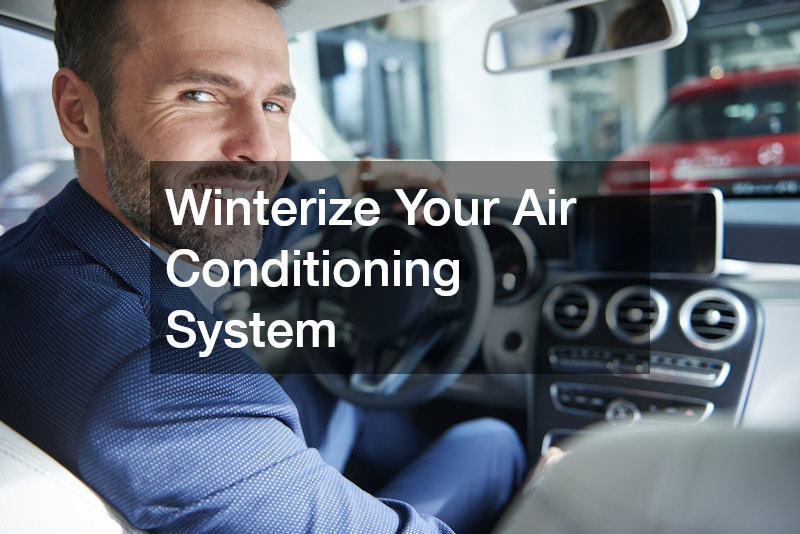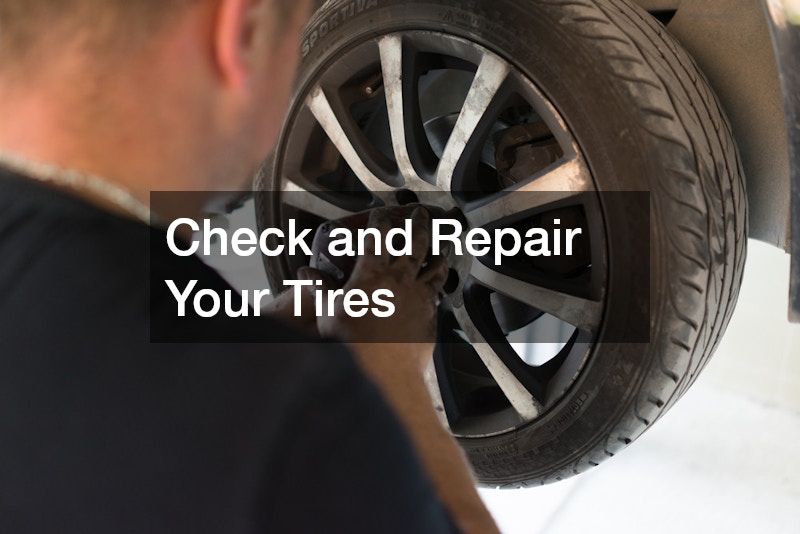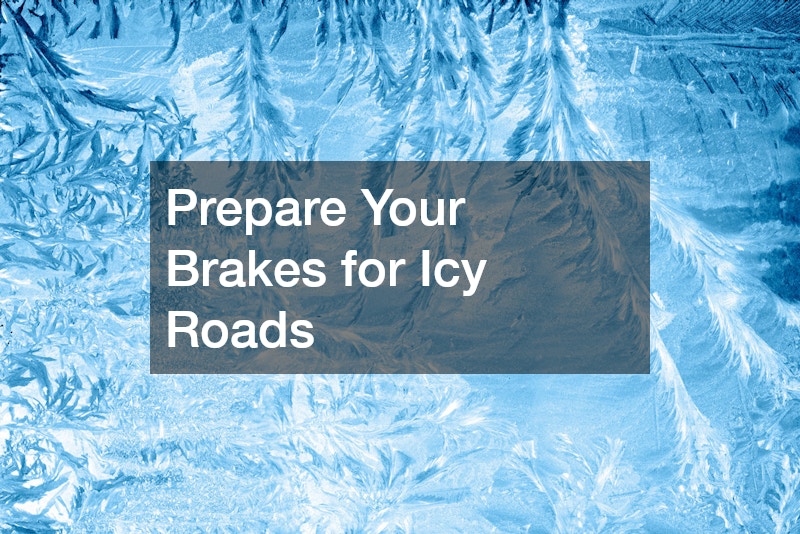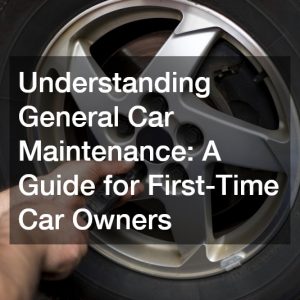Winter weather can be tough on vehicles, so preparing yours for the cold months ahead is essential for ensuring safety and avoiding expensive repairs. Winterizing your vehicle involves not only performing essential maintenance but also upgrading components and systems to handle harsh winter conditions. From heating repairs to installing snow plow equipment, this comprehensive guide will help you prepare your car for winter.
1. Perform Heating System Repairs
One of the most critical systems in your vehicle during winter is your heating system. The last thing you want is to discover your car heater isn’t working when temperatures plummet. Checking the heating system before the cold sets in is crucial. Heating repairs might involve fixing or replacing the thermostat, heater core, or blower motor. Be sure to have a professional inspect your system to avoid any issues on the road this winter.
Budgeting Tip: Heating repairs can vary in cost depending on the extent of the issue. Replacing a thermostat or repairing small leaks may only cost a few hundred dollars, but larger issues like a malfunctioning heater core could run you closer to $1,000.
2. Winterize Your Air Conditioning System

While air conditioning might not seem necessary during winter, it plays a vital role in keeping your windshield clear by reducing humidity inside your car. Cold air can condense on your windows, especially when you’re running the heater, causing fog. Your air conditioning system can help remove this moisture, so make sure it’s functioning well before winter hits.
Budgeting Tip: An air conditioning repair may cost between $200 and $500, depending on whether you’re dealing with minor issues like a refrigerant recharge or something more significant, like replacing a compressor.
3. Replace Your Windshield Tints
Windshield tints can help improve visibility by reducing glare from snow and bright winter sunlight. However, old or damaged tints can obstruct your view, especially in low-light conditions. Consider replacing your windshield tints before the winter months to ensure they are still effective.
Budgeting Tip: Replacing windshield tints is generally affordable, costing around $100 to $200 depending on the quality and coverage. Tints can also help insulate your vehicle, keeping it warmer during the winter months.
4. Check and Repair Your Tires

Winter weather demands more from your tires. It’s essential to ensure your tires are in good condition and have adequate tread depth. For regions that experience heavy snowfall or icy conditions, winter tires are highly recommended. Their deeper tread and softer rubber compound provide better traction in cold weather.
Budgeting Tip: A new set of winter tires can cost between $600 and $1,200 depending on the brand and size. If your current tires are in good condition but just need minor repairs, the cost will be significantly lower. Remember to also check tire pressure regularly, as cold weather can cause it to drop.
5. Inspect Your Garage Door for Winter
Your vehicle isn’t the only thing that needs preparation for winter. Ensuring your garage door operates smoothly in freezing temperatures is essential. A garage door that won’t open properly could leave you stuck, particularly on cold mornings. Have a garage door contractor inspect your door’s seals, hinges, and motor before winter to ensure it’s functioning correctly.
Budgeting Tip: Simple repairs, such as tightening bolts or replacing weatherstripping, may only cost a couple of hundred dollars. However, if the door motor needs replacing, expect to pay between $300 and $500.
6. Prepare Your Vehicle for Snow Removal
If you live in an area with significant snowfall, you may need to invest in snow plow equipment to help clear your driveway or local roads. Snow plows can be attached to trucks, SUVs, or even large sedans, and they’re a lifesaver when heavy snow hits. Make sure your vehicle is ready to handle the added weight and stress of a plow attachment.
Budgeting Tip: The cost of snow plow equipment can range from $1,000 to $4,000, depending on the size and model of the plow. Be sure to check with a professional mechanic to ensure your vehicle can support this kind of equipment without damaging your suspension or drivetrain.
7. Mercedes Repair: Winter Maintenance for Luxury Vehicles
Luxury vehicles like Mercedes require special attention when it comes to winterizing. Winter driving conditions can take a toll on high-performance parts, so regular maintenance is key. Common mercedes repair needs before winter include checking the suspension, brakes, and electrical systems. These repairs ensure your vehicle continues to perform well, even in snowy or icy conditions.
Budgeting Tip: Expect to pay more for parts and labor when dealing with Mercedes repair. Routine winter repairs and maintenance could cost between $500 and $2,000 depending on the extent of the work needed.
8. Subaru Auto Body Repairs for Winter Driving
Subaru vehicles are often praised for their reliability in winter driving conditions, thanks to their all-wheel-drive systems. However, if your vehicle has any existing damage from previous accidents, it’s essential to take care of Subaru auto body repairs before the season begins. Damaged bodywork can lead to rust and corrosion, which worsens in wet, snowy conditions.
Budgeting Tip: The cost of auto body repairs varies based on the extent of the damage, but typical repairs for dings, dents, or rust spots could range from $500 to $2,500. If you live in an area where roads are frequently salted, ensure the underbody is cleaned and treated to prevent rust.
9. Inspect Your Vehicle’s Battery

Cold weather can reduce a car battery’s power by up to 50%, which can lead to trouble starting your vehicle on frosty mornings. Before winter hits, check your battery’s health to ensure it has enough charge and isn’t nearing the end of its life. Many auto shops offer free battery tests to determine whether you need a replacement.
Budgeting Tip: A new battery typically costs between $100 and $200, depending on your vehicle. It’s better to replace a weak battery in advance than risk being stranded on a cold morning.
10. Stock Up on Winter Fluids and Oil Delivery Services
Keeping your vehicle’s fluids in check is essential for winter weather. Your car will require winter-grade oil to function properly in freezing temperatures. If you live in a particularly cold region, switching to synthetic oil may be necessary. Additionally, ensure your coolant is topped off and formulated for winter use.
If you drive a diesel vehicle, consider signing up for an oil delivery service to ensure you never run low, especially during cold snaps when you’re more likely to run through fuel quickly.
Budgeting Tip: The cost of fluids and oil delivery services varies based on your location and the type of oil needed. Synthetic oil changes are usually more expensive, ranging from $60 to $100, but they provide better protection for your engine in extreme temperatures.
11. Maintain Your RV for Winter Travel
If you plan to travel during the winter months, your RV will require special maintenance to handle the cold. Local rv mechanics can help prepare your vehicle for the challenges of winter travel. Winterizing your RV involves checking the plumbing system for freezing, ensuring the heating system is functional, and inspecting the tires and roof for potential leaks.
Budgeting Tip: The cost of winterizing an RV can range from $200 to $500, depending on the services required. If you’re planning on extended winter road trips, it’s worth investing in premium antifreeze and insulation materials.
12. Invest in Roadside Assistance and Tow Truck Services
Winter weather significantly increases the likelihood of accidents, getting stuck, or vehicle breakdowns. Having a reliable roadside assistance service and knowing the contact information for a local tow truck service can save you time and stress if your car becomes inoperable during a snowstorm.
Budgeting Tip: Roadside assistance services typically cost between $50 and $100 annually. Many insurance companies offer these services as part of your policy. Towing costs vary, but on average, a tow truck service costs about $75 for a basic tow within five miles, with additional mileage adding to the price.
13. Snow Tire Installation and Maintenance
While many all-season tires can handle mild winter conditions, snow tires are essential for those living in areas that see heavy snowfall or ice. Snow tires offer better grip and safety in freezing temperatures thanks to their deeper tread and specialized rubber compounds.
Budgeting Tip: Snow tires can cost between $600 and $1,200 for a full set, depending on the size and brand. If you already own snow tires, make sure they are balanced and rotated for even wear before winter sets in.
14. Install Winter Wiper Blades
Standard wiper blades can struggle to clear snow and ice effectively. Winter wiper blades are designed to withstand freezing temperatures and clear your windshield more effectively in tough winter conditions. Installing winter wiper blades is a small upgrade that can significantly improve your visibility while driving in snowy weather.
Budgeting Tip: A set of winter wiper blades costs between $20 and $50. They’re a simple and affordable upgrade that can prevent bigger safety issues down the road.
15. Prepare Your Brakes for Icy Roads

Your braking system is perhaps the most important safety feature when driving in winter conditions. If your brakes are worn or not functioning properly, you’ll have less control when driving on ice or snow. Have a mechanic inspect your brake pads, rotors, and brake lines before winter arrives.
Budgeting Tip: The cost to replace brake pads typically runs between $150 and $300 per axle, while rotors or calipers will cost more. However, this is a critical investment for your safety.
Additional Upgrades to Consider
In addition to essential winter maintenance and repairs, there are several upgrades you can consider to make your vehicle more winter-ready.
- Remote Starters: A remote starter allows you to warm up your car before stepping outside into the cold. This upgrade is particularly useful if you park your car outside during the winter.
- Underbody Coatings: Applying an underbody coating can help protect your vehicle from road salt, which can lead to rust and corrosion.
- All-Weather Floor Mats: All-weather floor mats can protect your car’s interior from the snow, ice, and slush that often gets tracked inside during winter.
Winterizing your vehicle involves more than just basic maintenance—it requires targeted repairs, thoughtful upgrades, and preparing for the unexpected. Whether you’re dealing with mercedes repair, subaru auto body repairs, or upgrading your vehicle with snow plow equipment, it’s important to be proactive before the winter weather sets in. By taking the time to winterize your vehicle, you’ll enjoy a safer, smoother driving experience all season long.





